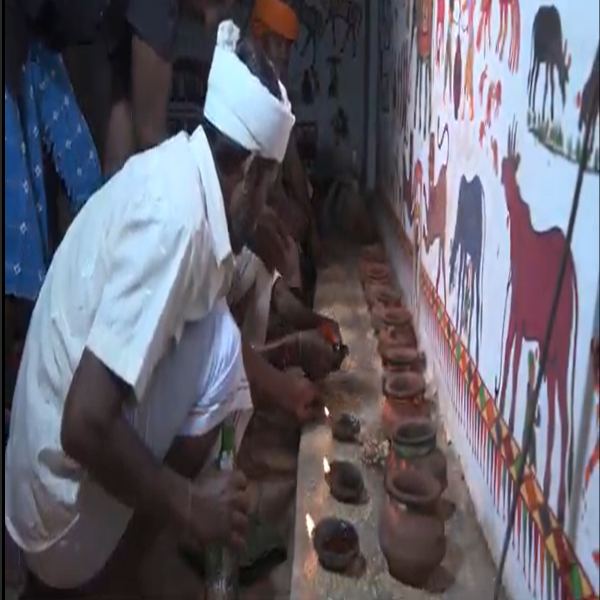
practices showing communitarian life
Communal Practices to worship Pithora Baba, gujarat
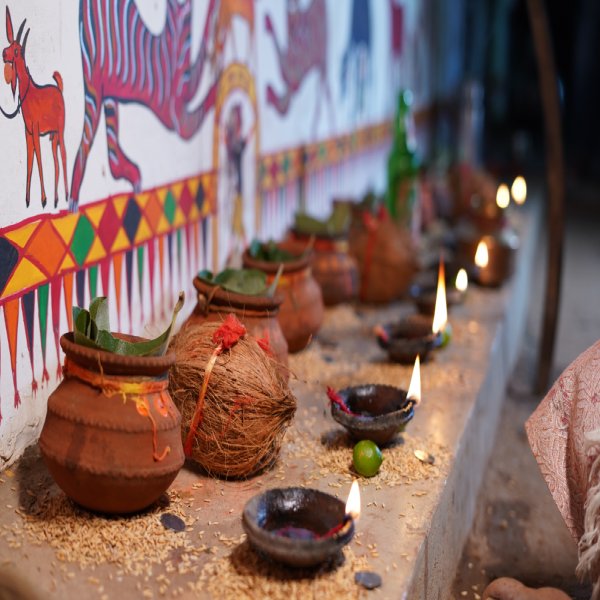
Community comes to Rathwa in shared performances of rituals and culture: Pithora painting is these people's ritual of bringing the village together for painting veritable sanctified imagery on the walls with the premise of unity. Creating bonds is strengthened with festivals, marriages, and harvest celebrations, and by all the families working together. Together they do activities like dancing, singing, and storytelling that keep the spectacular tribe heritage alive while making it possible for social expressions and solidarity to share the bond while ensuring communal identity and cultural continuity within the Rathwa.
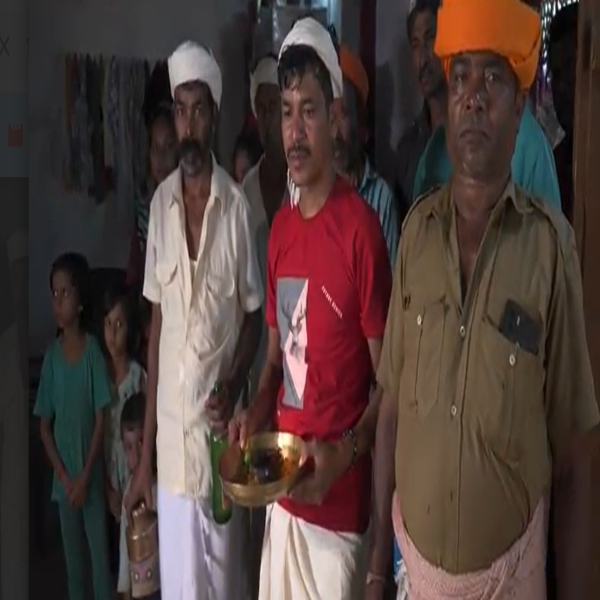
The Rathwa Tribe believes in spiritual and natural power, particularly to their chief deity, Pithora Baba, who bears the chief significance as a god for prosperity and harvest. Their collective action is treated as performing the possible meditative kind of practice on different occasions, where community cooperation manifests itself in their rituals. Following this, a part of their belief involves respect for natural elements like the sun, the moon, and the forests. These values of harmony and devotion, as expressed through songs, dances, and paintings, belong to maintaining their own cultural identity.

The social structure of the Rathwa Tribe revolves around family and community. All decisions are collective, which shows how interdependent the people are. Elders are highly respected and ensure that community members follow the right track when it is about rituals and also resolving conflicts. Marriages and festivals are for the whole village. They share responsibilities for cooking, decorating, and organizing the events. It is highly egalitarian, which makes up for a society in which every member participates and creates a peaceful environment that is unified in preservation and tradition transference across generations.
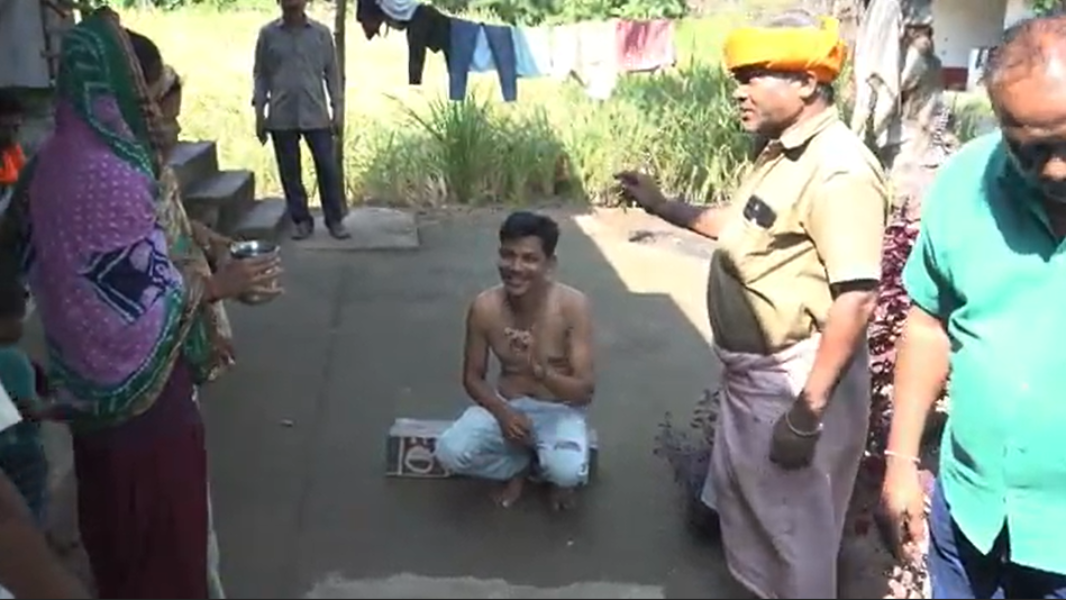
The Rathwa Tribe, identifiable mostly in Chhota Udaipur, Gujarat, leads an agrarian life and has a tremendous cultural heritage. The Rathwa’s speak Rathvi, a dialect which is closely related to Gujarati, and their traditions largely depend on agriculture and animal husbandry. Their identity is very closely tied to painting in Pithora, which is a sacred and traditional art narrating their belief in religion and social life. Their rich community life, their songs and rituals speak their contextual history and experience of nature.
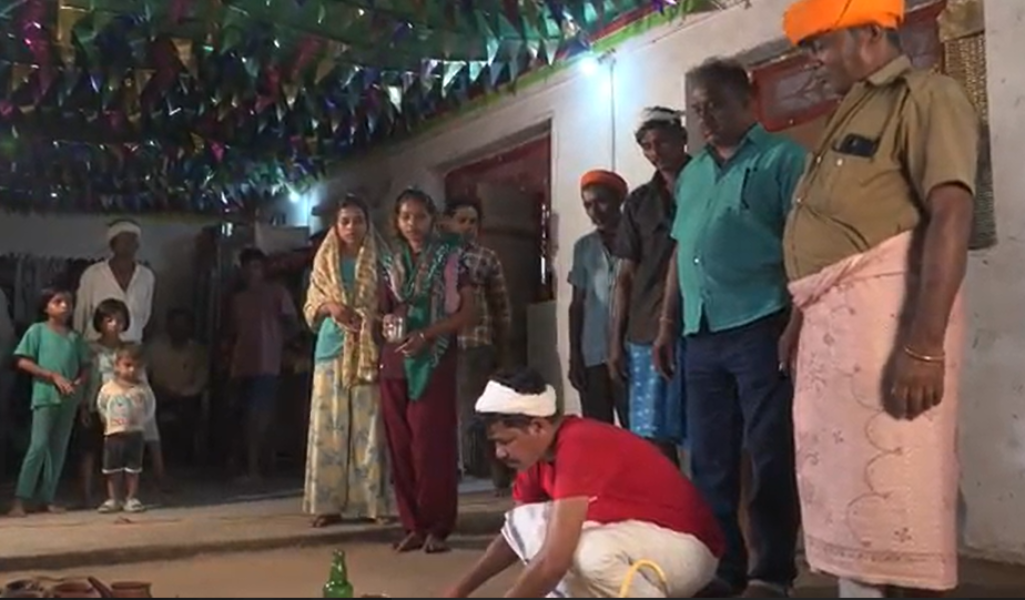
The communitarian emphasis of the Rathwa Tribe contributes towards building social cohesion and guarantees that culture remain preserved. As practice, Pithora painting serves not only the spiritual needs of communities, but has also become a means of cultural expression and an economic opportunity, with art being promoted in exhibitions. In these aspects, the practice also engenders economic dependability, where equity is created in the sharing of resources. As modern influences gradually enter their lives, their traditions serve as a strong unifying bond in their development, making their identity richer as well as giving them the strength to keep living the life they so desire.


